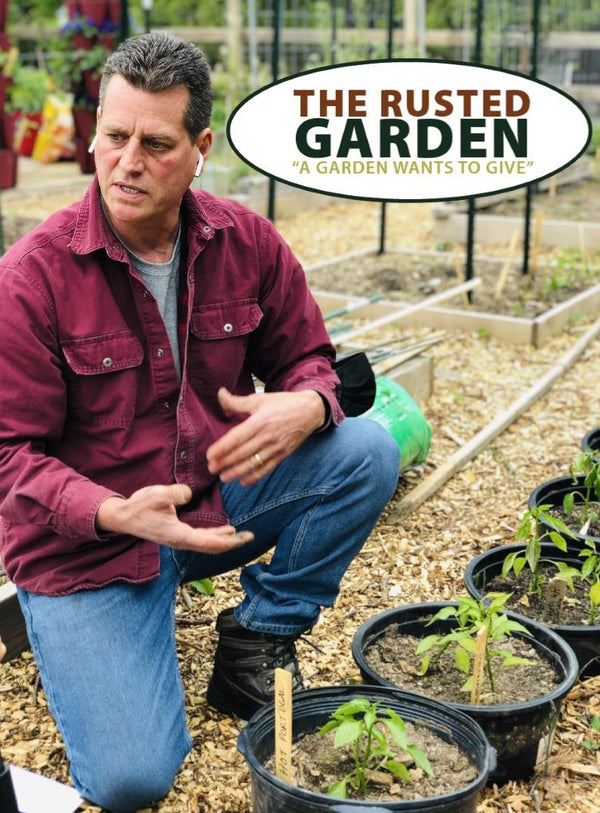Can You Grow Seed Starts with Basic White LED Shop Lights?: Lumens, Kelvin, and Par Value Ratings Explained
Publié par Gary Pilarchik le
Let's start with the basic question I get asked all the time which is, can basic white LED shop lights be used for starting seeds and growing garden transplants. The answer is 100% yes. I have been growing with basic fluorescent, and then LED shop lights for over 20 years. I am not recommending them for full flowering, fruiting, and complete growing indoors. They are outstanding for growing garden transplants. Though possible, as I have grown Dwarf 'Tiny Tim' Tomatoes Indoors, I don't recommend using them for large scale indoor harvest growing.
You will hear people say 'lumens are for humans' and they imply the number does not mean anything for plants. Lumens is the brightness of the light. The higher the lumens value, the brighter the light. When purchasing white LED shop lights, I recommend a lumens value of 5000 or higher. The brighter the better. It is true that specialized grow lights, that focus on the color spectrum of light that plants prefer, work with a lower lumens value of 2000 to 3000.

The brighter your white LED lights are, the higher the lumens value. Brighter means you can place the lights higher, above the seed starts, and that you will get more coverage of quality growing light. That leads us to the visible spectrum of light.
Visit my seed and garden shop for all your Seed Starting Supplies.
The primary colors of light are red, blue, and green. The secondary colors are magenta, cyan, and yellow. They do no mix like paint pigments. Red and blue light doesn't mix to make purple. It makes magenta. Mixing red and green light, makes yellow. The spectrum of visible light falls in the wavelength range of 400-700 nanometers.
Plants are green because they do not absorb green and yellow light. They don't use it. They reflect that wavelength back and our eyes see plants as green. Plants absorb red and blue light. That is why specialty grow lights focus on light that is red and blue. They work better but are more expensive. White light is made when the red, blue, and green colors/wavelengths are present. Mixing them all, makes white light. White LED lights have the green wavelength of visible light in it. Plant don't use that wavelength for photosynthesis. That leads us to PAR value.

Photosynthetic Active Radiation or PAR value is essentially the wavelengths of light a plant actually uses for photosynthesis. PAR values do extend beyond the visible light spectrum of 400-700 nanometers but for practical purposes it represents the amount of useable light, in the human eye spectrum, which is pretty much blue and red light. You won't find PAR value on most white LED lights because it is not relevant to the human eye. More expensive grow light systems will have this. White LEDs are valued on lumens and color temperature with the later being the Kelvin rating.
A Kelvin rating of 5100-6500K is considered day light. In brief, the higher the kelvin rating the whiter the color. I recommend a Kelvin value of 6500K when you can find it, however 5100-6500K will work. It mimics the sun and like the sun, it has blue, red, and green light. The plants will use 2/3 of that spectrum.
White LEDS are enough to grow wonderful seed starts and garden transplants. Both systems work for starting seeds and growing transplants. White LED shop lights are less expensive by a wide margin. I recommend these lights for starting plants for you garden, if you are on a budget. You can find more details on starting seeds indoors with these lights, as well as other seed starting information, by watching my 2023 Starting Seeds Indoors YouTube playlist.
Quick Tip: When buying the white LED shop lights make sure they come with an outlet plug and that they are not designed to be hardwired into the ceiling.
